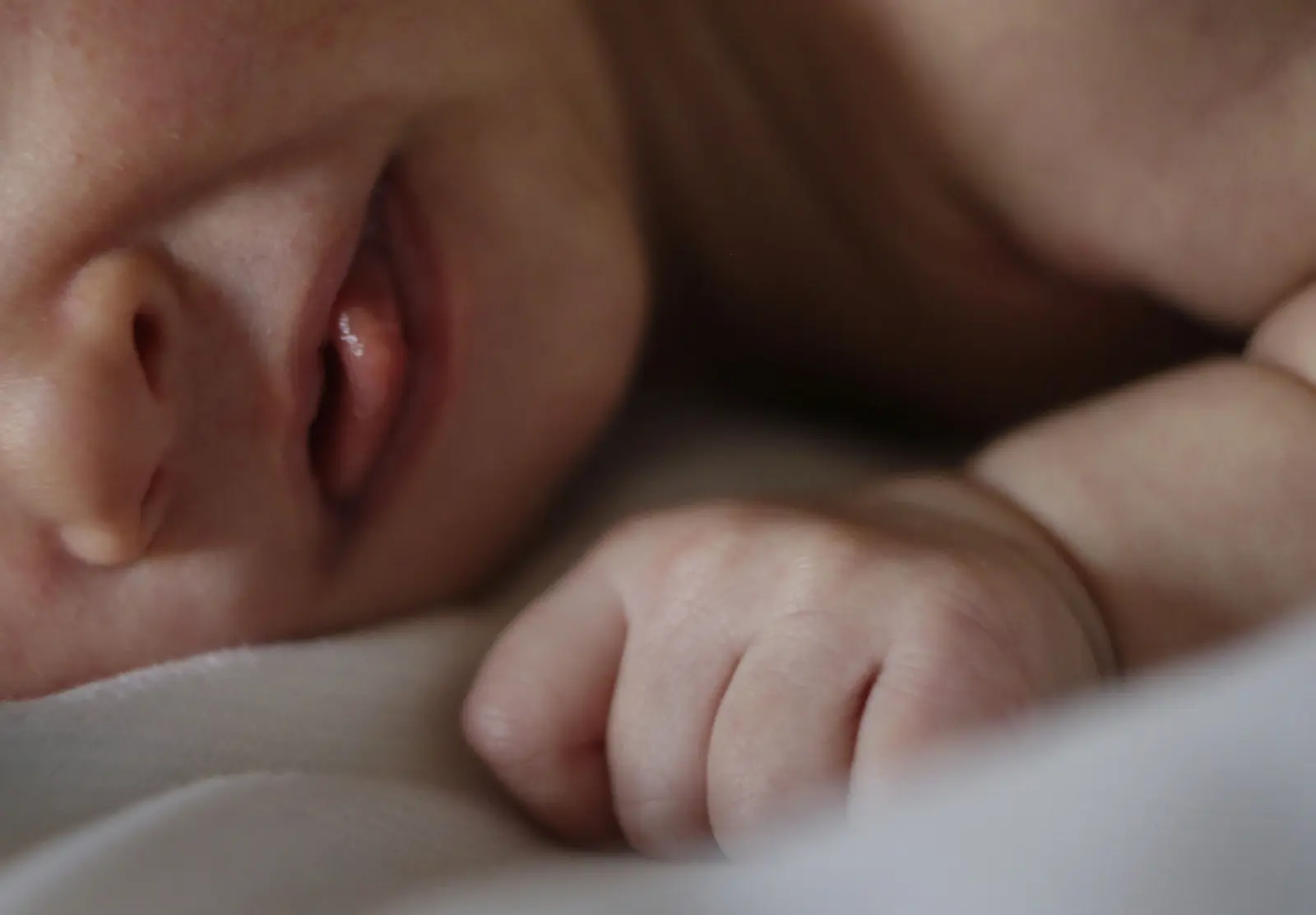The rising cost of housing is one of the main drivers behind the United States' falling birth rate between the 2000s and the 2010s, a new study shows.
Birth rates are complex and nuanced, and demographers and economists have credited many reasons for their widespread decline—namely financial struggles and major cultural shifts. Newsweek previously broke down many of these reasons, and the debates around them, in detail.
But a new research paper, carried out by Benjamin K. Couillard, a doctoral candidate in economics at the University of Toronto, has found that rising housing costs since 1990 were responsible for 51 percent of the total fertility rate decline between the 2000s and 2010s.
Why It Matters
The U.S. is one of many countries with a historically low birth rate, something many are worried about because it could lead to an aging society—when there are more elderly people than working-age people to support them.
The country's fertility rate—the average number of children a woman has in her lifetime—is now projected to average 1.6 births per woman over the next three decades, according to the Congressional Budget Office's latest forecast. That is below the replacement rate of 2.1 births per woman required to maintain a stable population without immigration.
What To Know
Couillard said in his study, which focused on rent, that he found that "rising costs since 1990 are responsible for 11 percent fewer children, 51 percent of the total fertility rate decline between the 2000s and 2010s, and 7 percentage points fewer young families in the 2010s."
"This analysis concludes that the supply of housing suitable for families can meaningfully contribute to demographic sustainability," he added.
Couillard argued that high rents reduce fertility both by directly increasing the cost of having children and by pushing families into housing arrangements that are less compatible with child-rearing, such as house-sharing with friends or family.
The analysis shows that when housing becomes more expensive, family formation is delayed, household structures shift and total fertility declines.
Couillard's methodology includes data analysis and detailed simulation. He examined real-world data, namely from the U.S. Census Bureau, to see how fertility changes when rents go up in different neighborhoods and built a model that mimics how families make choices about where to live and when to have kids.
He then used this model to test "what if" scenarios, like what would happen to birth rates if housing were cheaper or if more large homes were available.
Between 1990 and 2020, rents rose by 149 percent across the country—more than the cumulative inflation rate of 103 percent over the same time period—according to the U.S. Bureau of Labor Statistics.
The fertility rate in 1990 was 2.08. In 2020, it dropped to 1.64, and it reached a record low of 1.599 last year, according to data from the Centers for Disease Control and Prevention.

What People Are Saying
Benjamin K. Couillard, a doctoral candidate in economics at the University of Toronto, said in his study: "I conclude that rising housing costs are a major cause of declining fertility. ... If housing is to be a lever in family policy, the focus must be on producing the housing that families actually want."
Realtor.com senior economist Jake Krimmel said in his review of the study: "While it's not surprising that high rents and housing costs curb fertility, it's very difficult to 'prove' it in the data. Not only that, but the causal link needs to be quantified, so we know exactly how important the housing cost channel is relative to, say, the rising cost of child care or other economic and demographic shifts."
What Happens Next
The debate over the U.S.'s birth rate will likely intensify as the population ages and the labor force shrinks.
Experts that Newsweek has spoken with largely agree that there is no single cause or reversing mechanism for the birth rate decline, with many arguing for economic reforms that would make it easier for those who want to have children to do so.
Other academics—including Margaret Anne McConnell, a professor of global health economics at Harvard—stressed that there is good news hidden in the declining birth rate as it represents some positive cultural shifts, namely that people have greater reproductive choice.
.png)



